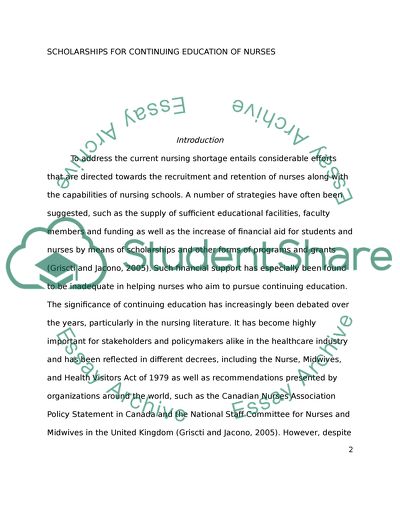Cite this document
(“Scholarships For Continuing Education Of Nurses Article”, n.d.)
Retrieved de https://studentshare.org/nursing/1392558-scholarships-for-continuing-education-of-nurses
Retrieved de https://studentshare.org/nursing/1392558-scholarships-for-continuing-education-of-nurses
(Scholarships For Continuing Education Of Nurses Article)
https://studentshare.org/nursing/1392558-scholarships-for-continuing-education-of-nurses.
https://studentshare.org/nursing/1392558-scholarships-for-continuing-education-of-nurses.
“Scholarships For Continuing Education Of Nurses Article”, n.d. https://studentshare.org/nursing/1392558-scholarships-for-continuing-education-of-nurses.


